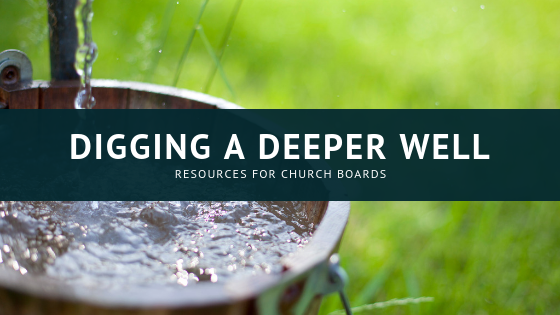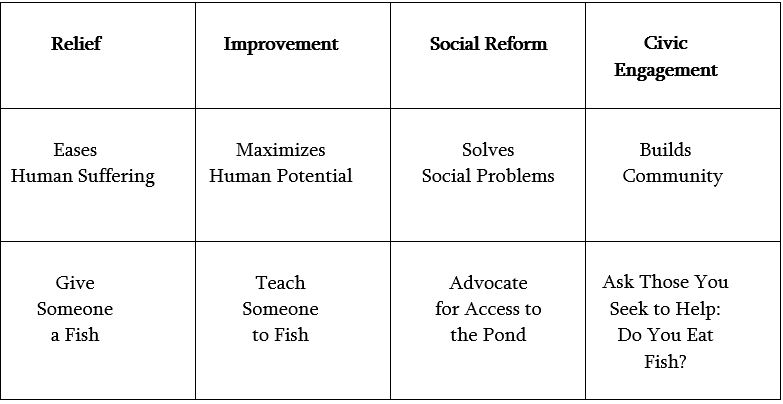Mission Committees of churches have a long list of pressing items each time they meet: requests, reports, budgets, evaluations. Lost in all that can be a Mission Committee’s relationship to meeting needs. The second half of Mark’s Gospel records an ordinary day in the life of Jesus – as he was on his way to Jerusalem – which illustrates the demands on Jesus to meet needs:
They came to Jericho. As Jesus and his disciples and a large crowd were leaving Jericho, Bartimaeus son of Timaeus, a blind beggar, was sitting by the roadside. 47 When he heard that it was Jesus of Nazareth, he began to shout out and say, “Jesus, Son of David, have mercy on me!” 48 Many sternly ordered him to be quiet, but he cried out even more loudly, “Son of David, have mercy on me!” 49 Jesus stood still and said, “Call him here.” And they called the blind man, saying to him, “Take heart; get up, he is calling you.” 50 So throwing off his cloak, he sprang up and came to Jesus. 51 Then Jesus said to him, “What do you want me to do for you?” The blind man said to him, “My teacher,[a] let me see again.” 52 Jesus said to him, “Go; your faith has made you well.” Immediately he regained his sight and followed him on the way. (Mark 10:46-52)
“What do you want me to do for you?”
Too often, in the responsibilities we carry in mission committees, we neglect that essential question. In this text, isn’t it obvious what Bartimaeus needs? After all, he was blind and a beggar. But Jesus understood that his situation – and his need – was multi-dimensional. Just so, the potential responses to Bartimaeus were not singular or immediately obvious.
“What do you want me to do for you?”
Members of mission committees come to the table as individuals with personal histories and experiences that shape their perception of what others need. They have opinions—often unexamined and undiscussed—about what works and what is “the right thing” to do. These unacknowledged paradigms of service and response can divide committees and churches, creating rifts among members and leaders, demoralizing the very people who came together with the greatest intention of doing good.
How can mission committees surface and discuss these differing paradigms, in an open way that invites reflection and spiritual imagination? One resource is “The Four Traditions of Philanthropy,” which summarizes four traditions of giving and serving in American life:
- What are some strengths and weaknesses of each of these paradigms of giving and serving?
- Can you think of examples of each tradition in the work of your mission committee?
- Which tradition currently dominates? Which is least present?
- Which tradition should be in the foreground, in your view, as your committee approaches its work?
(If these ideas interest you, you are invited to read the short essay, “The Four Traditions of Philanthropy,” linked above. Over the next few weeks we will be exploring other implications of that paper for the mission and service work of congregations.)









No Comments